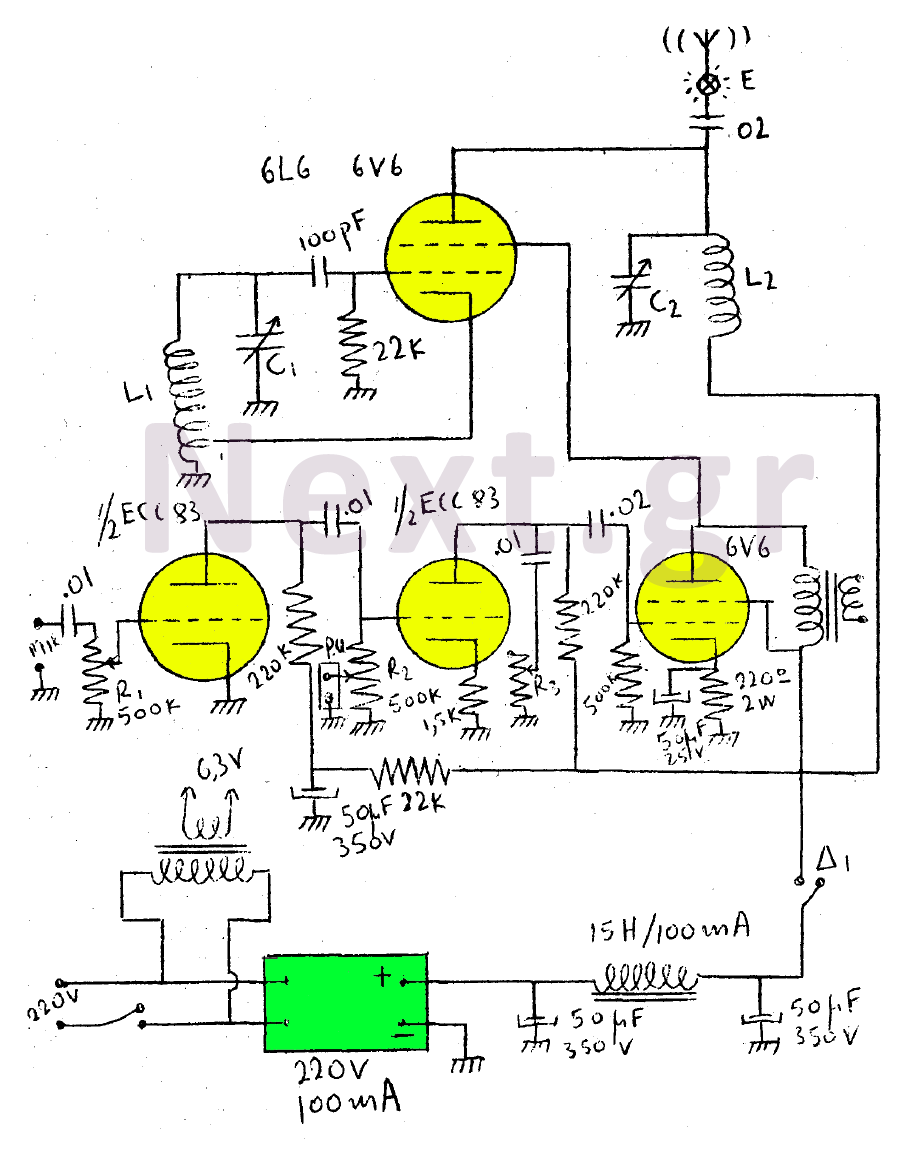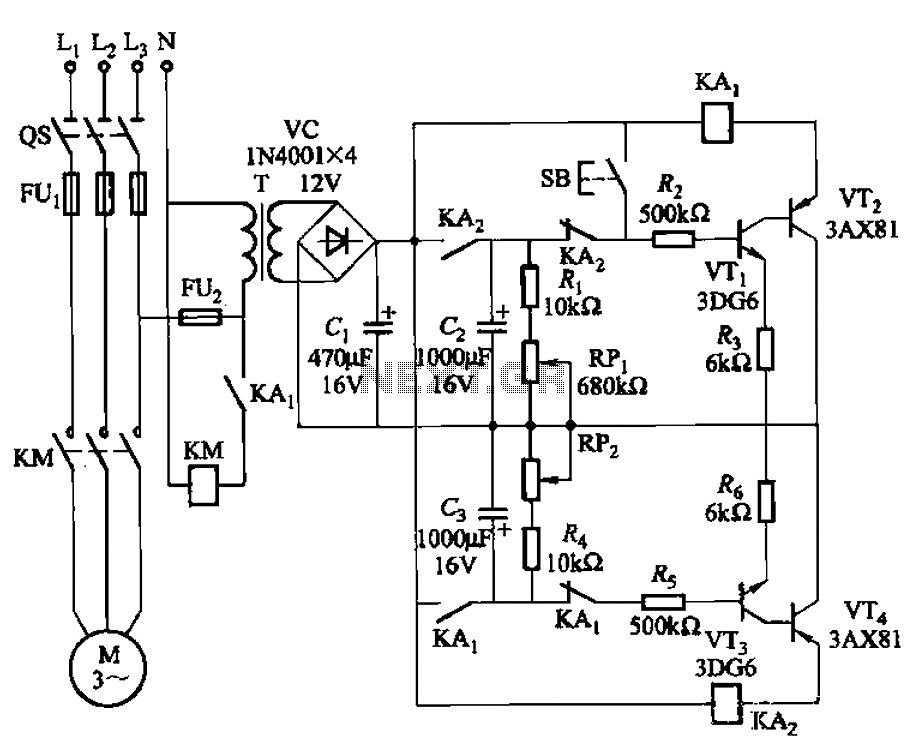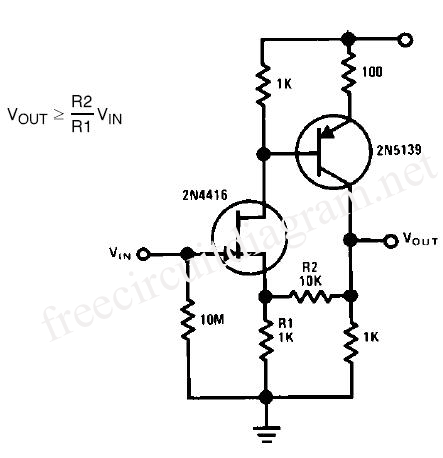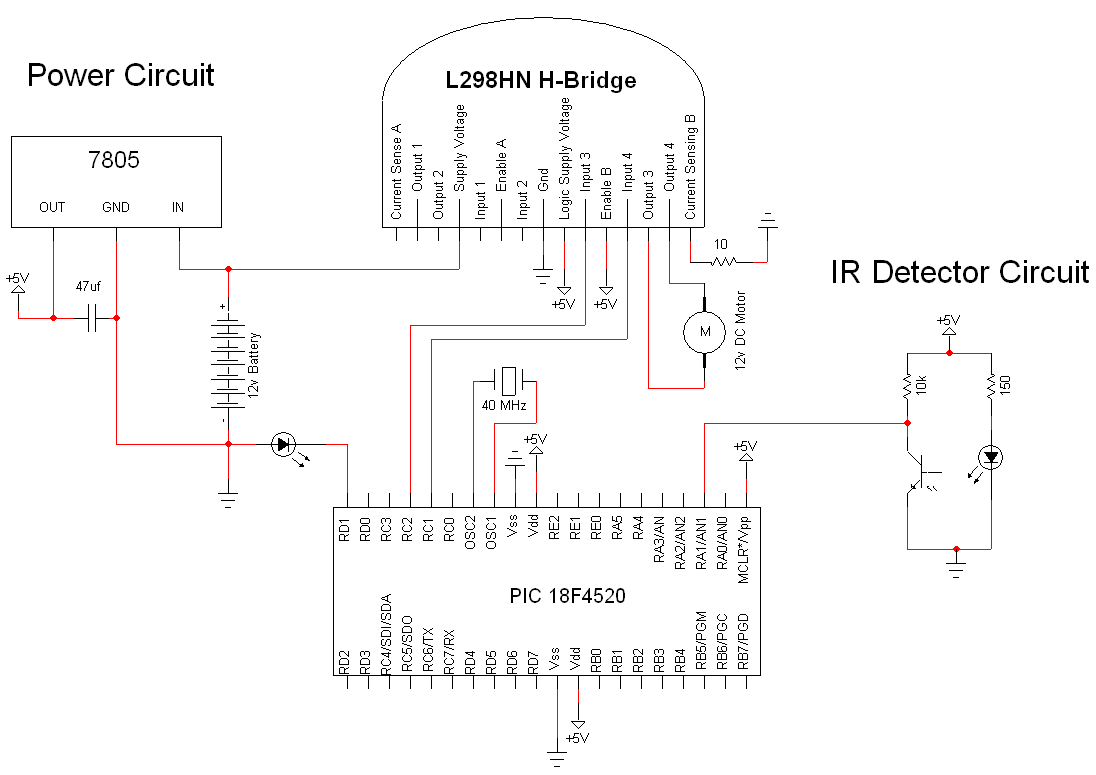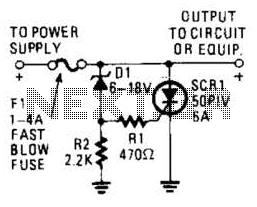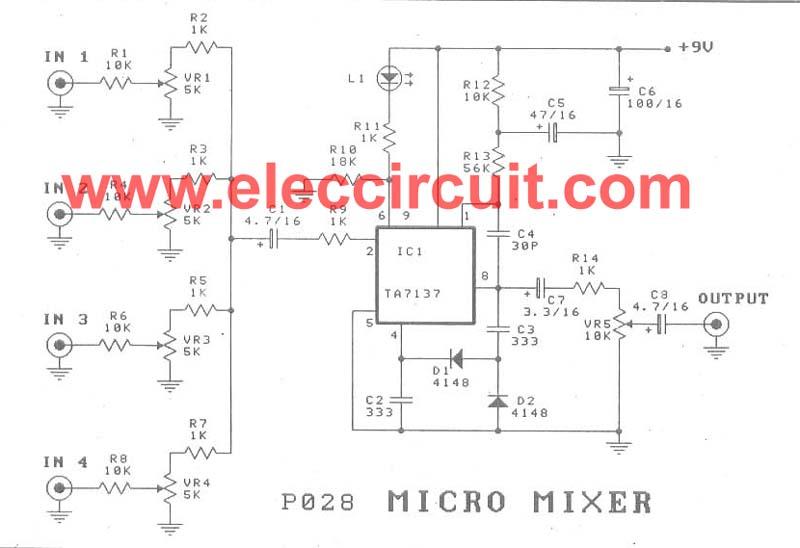
Solid State Relay Circuit Circuit
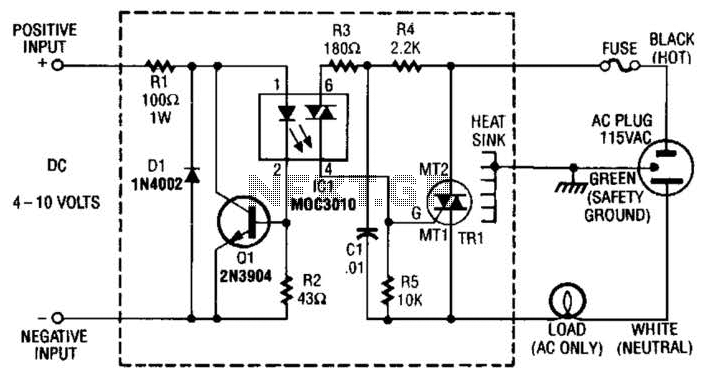
Rl limits input current while Ql acts as a current sink to protect IC1. D1 serves as a polarity protector. IC1 provides a triac output to trigger the main triac, TR1.
The circuit consists of several key components that work together to ensure safe operation and effective control of a load using a triac. Resistor Rl is strategically placed to limit the input current, thereby preventing excessive current from flowing into the circuit, which could potentially damage sensitive components. The current sink Ql, typically a bipolar junction transistor (BJT) or a field-effect transistor (FET), plays a critical role in protecting the integrated circuit IC1 by diverting excess current away from it. This configuration helps maintain the integrity of IC1, ensuring it operates within its specified limits.
Diode D1 functions as a polarity protection device, safeguarding the circuit against reverse voltage conditions that could occur if the power supply is connected incorrectly. This diode allows current to flow in only one direction, thereby preventing damage to the downstream components when a reverse polarity situation arises.
IC1 is designed to provide a triac output, which is essential for controlling AC loads. The triac output is used to trigger the main triac, TR1. The triac TR1 is capable of handling higher voltages and currents, making it suitable for switching applications in AC circuits. When IC1 activates TR1, it allows current to flow through the load, effectively controlling its operation based on the input conditions.
In summary, this circuit exemplifies a robust design that incorporates current limiting, protection against reverse polarity, and effective control of AC loads through triac switching. Each component serves a specific purpose, contributing to the overall reliability and functionality of the system. Rl limits input current while Ql acts as a current sink to protect IC1. D1 serves as a polarity protector. IC1 provides a triac output to trigger the mam triac, TR1. 🔗 External reference
The circuit consists of several key components that work together to ensure safe operation and effective control of a load using a triac. Resistor Rl is strategically placed to limit the input current, thereby preventing excessive current from flowing into the circuit, which could potentially damage sensitive components. The current sink Ql, typically a bipolar junction transistor (BJT) or a field-effect transistor (FET), plays a critical role in protecting the integrated circuit IC1 by diverting excess current away from it. This configuration helps maintain the integrity of IC1, ensuring it operates within its specified limits.
Diode D1 functions as a polarity protection device, safeguarding the circuit against reverse voltage conditions that could occur if the power supply is connected incorrectly. This diode allows current to flow in only one direction, thereby preventing damage to the downstream components when a reverse polarity situation arises.
IC1 is designed to provide a triac output, which is essential for controlling AC loads. The triac output is used to trigger the main triac, TR1. The triac TR1 is capable of handling higher voltages and currents, making it suitable for switching applications in AC circuits. When IC1 activates TR1, it allows current to flow through the load, effectively controlling its operation based on the input conditions.
In summary, this circuit exemplifies a robust design that incorporates current limiting, protection against reverse polarity, and effective control of AC loads through triac switching. Each component serves a specific purpose, contributing to the overall reliability and functionality of the system. Rl limits input current while Ql acts as a current sink to protect IC1. D1 serves as a polarity protector. IC1 provides a triac output to trigger the mam triac, TR1. 🔗 External reference
Warning: include(partials/cookie-banner.php): Failed to open stream: Permission denied in /var/www/html/nextgr/view-circuit.php on line 713
Warning: include(): Failed opening 'partials/cookie-banner.php' for inclusion (include_path='.:/usr/share/php') in /var/www/html/nextgr/view-circuit.php on line 713
